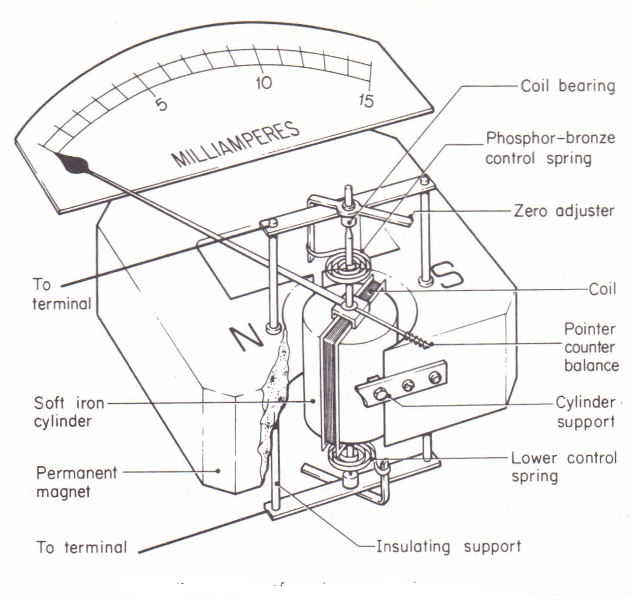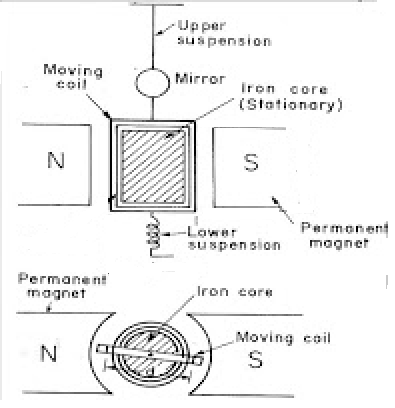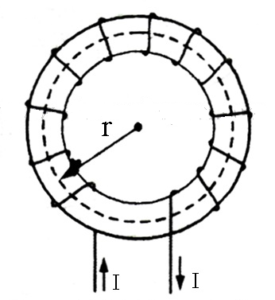Science > Physics > Magnetic Effect of Electric Current > Ammeter and Voltmeter Ammeter: An ammeter is an electrical measurement device (apparatus) which is used to measure the electric current in the electrical circuit. Requirements of Good Ammeter: The resistance of an ammeter must be as small as possible. The ideal resistance of an ammeter […]
Categories
Ammeter and Voltmeter
- Post author By Hemant More
- Post date December 30, 2019
- No Comments on Ammeter and Voltmeter


